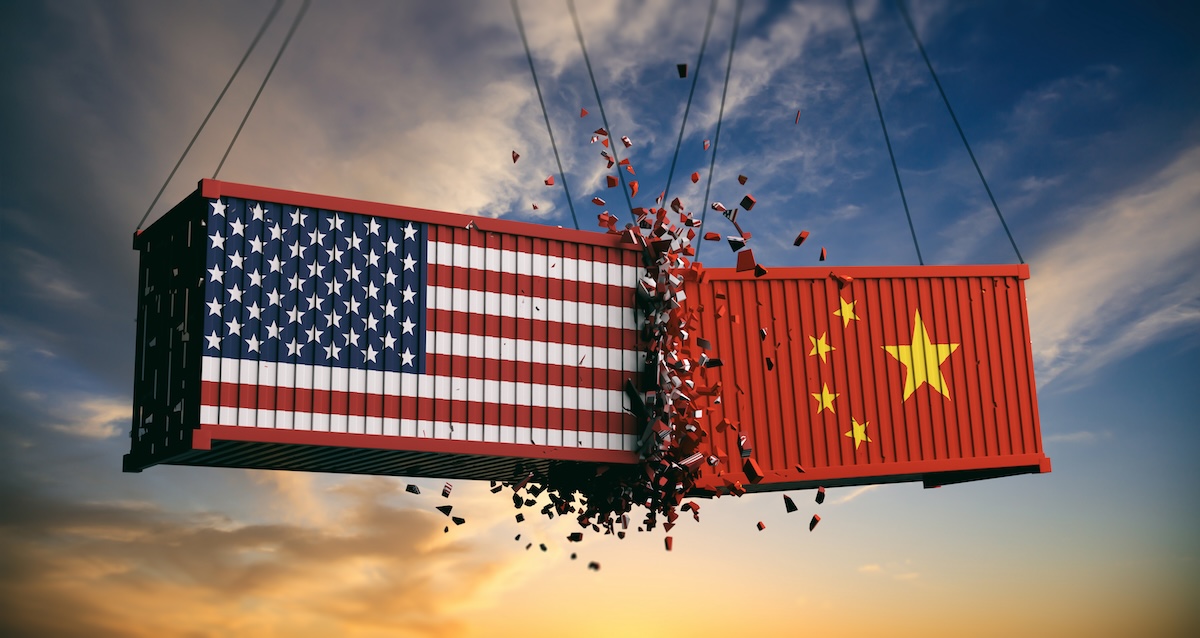Tariff Tensions Drive Car Prices Higher: Ford Warns of Inevitable Cost Surge

As new tariffs take effect, Ford is bracing dealers and customers for potential price hikes in the near future. In a memo confirmed by the automaker and shared with its dealership network, Ford stated that President Trump’s 25% tariff on all imported vehicles—implemented on April 3—will likely start impacting vehicle pricing by June. While the current Manufacturer’s Suggested Retail Price (MSRP) will remain unchanged for cars already in inventory, adjustments are expected for vehicles produced starting in May.
Andrew Frick, president of Ford’s retail sales division, emphasized in the memo that any changes would only apply to future production. “We will not increase the MSRP for any vehicle currently in inventory,” he wrote. “However, if the current tariff policies remain unchanged, we expect to raise prices on some vehicles beginning with May’s production.” Ford also reassured consumers that ample inventory will remain available through early June.
To soften the blow, Ford rolled out an “employee pricing” offer for buyers on April 3, aligning with the day the new tariffs began. Still, the warning to dealers suggests that avoiding higher vehicle costs may become increasingly difficult. Ford stated that while prices at dealerships aren't immediately rising, the situation remains fluid. “The tariff situation is dynamic and we continue to evaluate the potential impact of tariff actions,” the company noted.
Tariffs on imported vehicles and potentially on auto parts as early as next month are expected to increase the cost of building or importing a car by thousands of dollars. Anderson Economic Group estimates that even the most affordable American-made cars could cost $2,500 to $5,000 more, with imported models facing price hikes of up to $20,000. These additional costs could ultimately be passed on to consumers, especially if automakers raise wholesale prices to dealers.
The effect on vehicle supply could be just as dramatic. Cox Automotive predicts a 10% to 20% drop in North American production, resulting in millions fewer vehicles reaching U.S. dealerships. S&P Global Mobility reports that in 2024 alone, 3.7 million cars from Asia and Europe were imported into the U.S.—many of which could now become too expensive to build or sell due to high tariffs. Already, Honda confirmed it will cease production of the hybrid Civic hatchback in Japan for the U.S. market.
Price spikes may also be influenced by simple supply-and-demand economics. If demand remains steady while supply shrinks, prices could climb. A similar situation occurred in 2021 when a chip shortage caused car production to dip, sending average new vehicle prices up 17%. But economists caution that this time, the consumer landscape is different. “We do think supply is going to be restricted,” said Jonathan Smoke, chief economist at Cox Automotive. “But demand won’t be as juiced as in 2021.”
Unlike during the pandemic, when strong labor markets, low interest rates, and government stimulus boosted consumer spending, today’s environment is more cautious. Consumer confidence is at its second lowest point since 1952—lower than during the Great Recession. Additionally, many buyers rushed to secure vehicles before tariffs took effect, reducing immediate demand. So while price increases are likely, they may not be as sharp or sudden as they were in past shortages.
What's Your Reaction?














:format(webp)/cdn.vox-cdn.com/uploads/chorus_image/image/70136881/1347078605.0.jpg)





